projectmanagement.com Knowledge Shelf just published an article of mine on “Keys for Agile Co-Evolution of the WBS and Schedule Network: The ‘Schedule Network 100 Percent’ Rule and the ‘Add and Prune Dependencies’ Algorithm”
Abstract
The ‘schedule network 100 percent’ rule and the ‘add and prune dependencies’ algorithm are keys for enabling the agile co-evolution of the work breakdown structure (WBS) and the schedule network. While creating and maintaining coherence between the WBS and schedule network has never been easy, today’s pressures to move toward a more agile practice of project management increase the challenge. This article elaborates on current, best practice project management foundations and adds the necessary definitions and methods for defining what coherence between the WBS and schedule network means and the methods to automatically create and maintain such coherence. The goal is project management practice where full coherence between the WBS and schedule network is taken for granted and maintained without effort by the project planner.
















 The Secrets of Consulting: A Guide to Giving and Getting Advice Successfully
The Secrets of Consulting: A Guide to Giving and Getting Advice Successfully

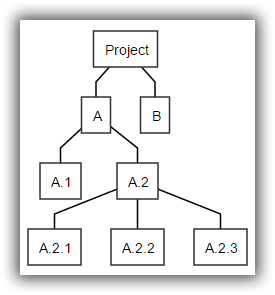

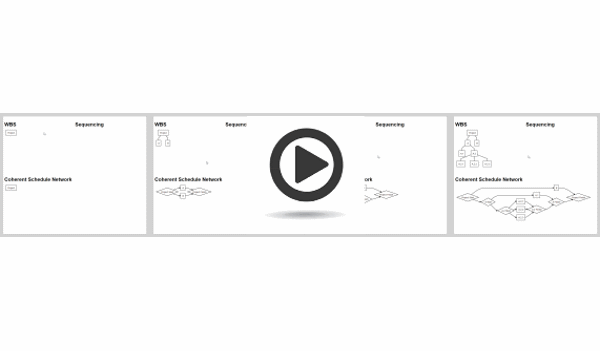
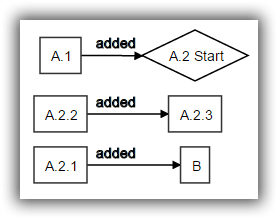


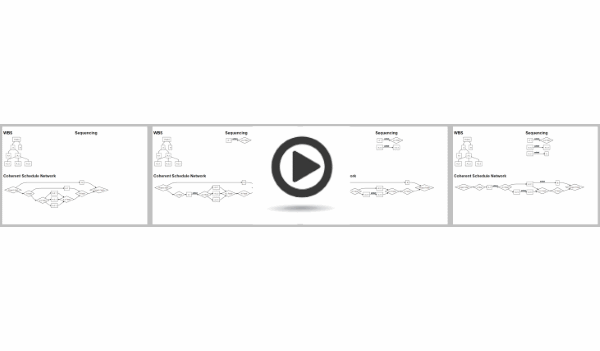
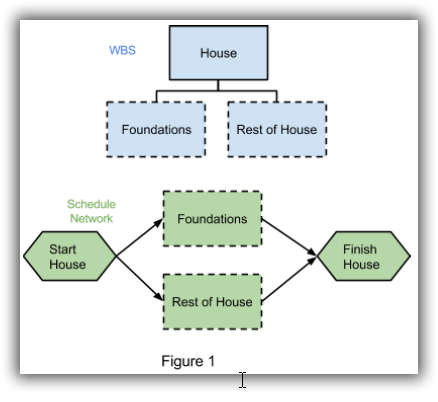


 Tom Kendrick on
Tom Kendrick on